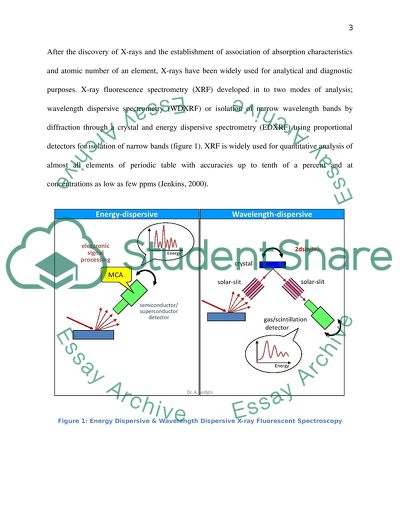Cite this document
(“Ion chromatography Essay Example | Topics and Well Written Essays - 1500 words”, n.d.)
Retrieved from https://studentshare.org/environmental-studies/1417456-ion-chromatography
Retrieved from https://studentshare.org/environmental-studies/1417456-ion-chromatography
(Ion Chromatography Essay Example | Topics and Well Written Essays - 1500 Words)
https://studentshare.org/environmental-studies/1417456-ion-chromatography.
https://studentshare.org/environmental-studies/1417456-ion-chromatography.
“Ion Chromatography Essay Example | Topics and Well Written Essays - 1500 Words”, n.d. https://studentshare.org/environmental-studies/1417456-ion-chromatography.


